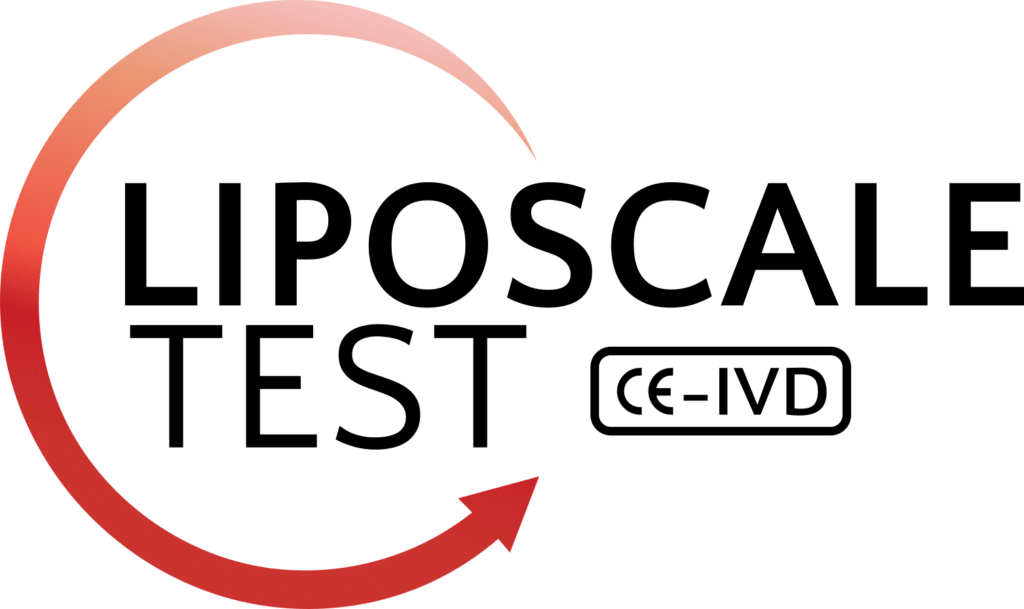Abstract
Background and aims: Atherosclerotic cardiovascular disease (ASCVD) is among the leading causes of death worldwide, and technological advances have made it possible to expand the repertoire of biomarkers used in diagnostics and treatment of ASCVD. These include different omics (genomics, epigenomics, transcriptomics, proteomics, and metabolomics). We introduce the various layers of omic data and how they can be used in diagnostics and treatment of ASCVD. Further, we discuss future possibilities of combining multiomic data with machine learning (ML) and artificial intelligence (AI) to develop algorithms for facilitating precision medicine.
Methods: we reviewed the current literature on omic data in ASCVD and its integration with ML/AI.
Results: Genomics has been used to generate polygenic risk scores (PRS), which have shown promising results in risk prediction of ASCVD. Key epigenetic changes implicated in atherosclerosis include deoxyribonucleic acid (DNA) methylation. Transcriptomics has been used to identify transcripts, including micro ribonucleic acid (miRNAs), implicated in atherosclerosis progression. Proteomic risk scores have shown independent predictive information and outperformed clinical risk models, and within the metabolomics field, lipidomics has emerged as a promising predictive tool. The combination of multiomic data analysis with ML and AI methods has already demonstrated potential in the development of clinical models.
Conclusions: A major effort is necessary to bring omic data and technologies to the clinical field. Further support will be offered by the generation of clinically applicable/approved AI/ML algorithms able to translate large datasets into valuable information for accurate precision medicine approaches.


